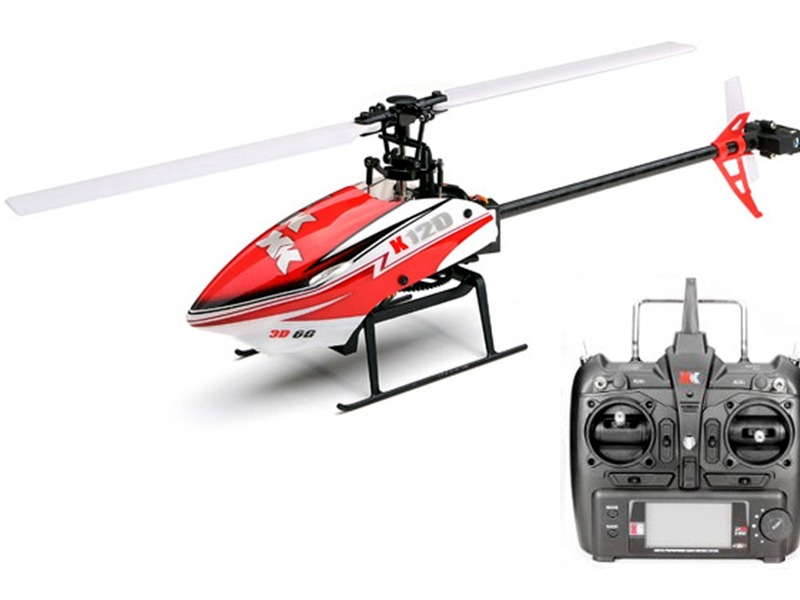Is it harder to pilot a helicopter or a plane?

The answer to the question of whether it is harder to pilot a helicopter or a plane depends on a variety of factors, such as the pilot’s experience, the type of aircraft, and the environment in which the aircraft will be flown. While both require a great deal of skill and training, there are certain aspects that make one more difficult than the other.
Piloting a plane requires a pilot to understand the principles of aerodynamics. A pilot must understand the principles of thrust, lift, and drag in order to accurately maneuver the aircraft. This understanding is necessary to be able to maintain control of the aircraft during different flight conditions, such as turbulence. Additionally, a pilot must understand the principles of navigation, communication, and instrumentation in order to safely navigate the aircraft.
Helicopter pilots must also understand the principles of aerodynamics, but they must also understand the principles of rotor dynamics. Helicopter pilots must understand the principles of torque and gyroscopic precession in order to maintain control of the aircraft during flight. Additionally, helicopter pilots must understand the principles of autorotation, which is necessary to safely land the aircraft in the event of an engine failure.
The type of aircraft being piloted also affects the difficulty of the task. Fixed-wing aircraft are generally more difficult to fly than helicopters due to the fact that they require more precise maneuvering and control. Additionally, fixed-wing aircraft are typically faster than helicopters, so pilots must be able to react quickly to changes in the environment. Helicopters, on the other hand, are more maneuverable and require less precision when maneuvering, which makes them easier to fly.
The environment in which the aircraft is being flown can also affect the difficulty of the task. Piloting an aircraft in turbulent conditions requires a great deal of skill and experience. Pilots must be able to quickly react to changing conditions and adjust their control inputs accordingly. Pilots must also be able to accurately interpret their instrument readings in order to maintain control of the aircraft. Additionally, flying in bad weather or at night can increase the difficulty of the task, as these conditions can reduce the visibility of the pilot.
In conclusion, the answer to the question of whether it is harder to pilot a helicopter or a plane depends on a variety of factors. While both require a great deal of skill and training, certain aspects, such as the pilot’s experience, the type of aircraft, and the environment in which the aircraft will be flown, can make one more difficult than the other.
Comments / Question
1. Greater maneuverability – Helicopters can hover, move vertically and even fly backwards, maneuvers that are impossible for airplanes.
2. Ability to take off and land on small, confined areas – Helicopters are able to take off and land in much smaller areas than planes, making them ideal for search and rescue operations, medical evacuations and other missions that require access to hard-to-reach places.
3. Ability to fly at lower altitudes – Helicopters are able to fly much lower than planes, providing a better view of the ground and making them ideal for sightseeing, photography and surveillance.
4. Ability to fly in bad weather – Helicopters are able to fly and land safely in poor weather conditions, including wind, rain and fog, making them ideal for rescue operations.
Disadvantages of Flying a Helicopter:
1. Slower speeds – Helicopters are much slower than planes, making them impractical for long-distance travel.
2. Higher fuel consumption – Helicopters consume more fuel than planes, making them more expensive to operate.
3. Limited carrying capacity – Helicopters are limited in the amount of weight they can carry and the number of passengers they can transport.
4. Noisy – Helicopters are much noisier than planes, making them unsuitable for some types of operations.
2. More Sensitivity to Weather Conditions: Due to the fact that a helicopter is heavier than a plane and has slower speeds, it is more sensitive to wind and weather conditions. This can make flying more challenging and potentially more dangerous.
3. More Maintenance: Helicopters require more maintenance than planes. This includes daily pre-flight checks, oil changes, and regular engine inspections.
4. Limited Range and Payload: Helicopters have limited range and payload, which can make them impractical for long distance or high-payload trips. Planes are typically much better suited for these types of trips.
2. Both require pilots to remain alert and aware of their surroundings.
3. Both require pilots to check and maintain the aircraft's systems.
4. Both involve navigating the aircraft to a safe destination.
5. Both involve maneuvering the aircraft according to the rules of airspace.
6. Both involve learning and understanding complex aviation regulations.
7. Both involve the use of a variety of instruments and gauges to monitor the aircraft's performance.
2. Lift: Helicopters use rotors to generate lift, while airplanes use wings.
3. Speed: Helicopters are slower than airplanes, typically reaching speeds of around 150 mph. Airplanes can reach speeds of up to 500 mph.
4. Maneuverability: Helicopters are more maneuverable than airplanes, able to hover, move sideways, and even fly backwards.
5. Takeoff and Landing: Helicopters can take off and land vertically, while airplanes require a runway.

